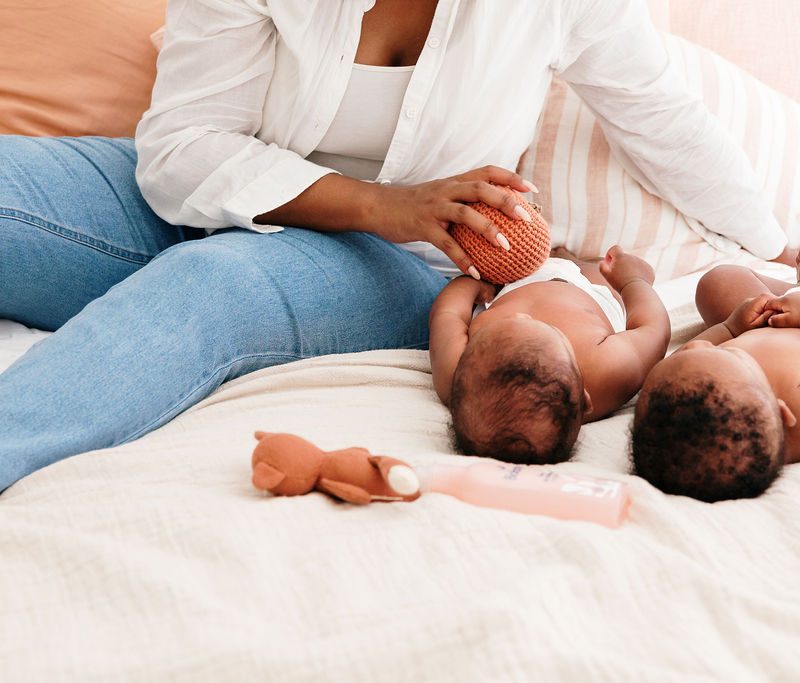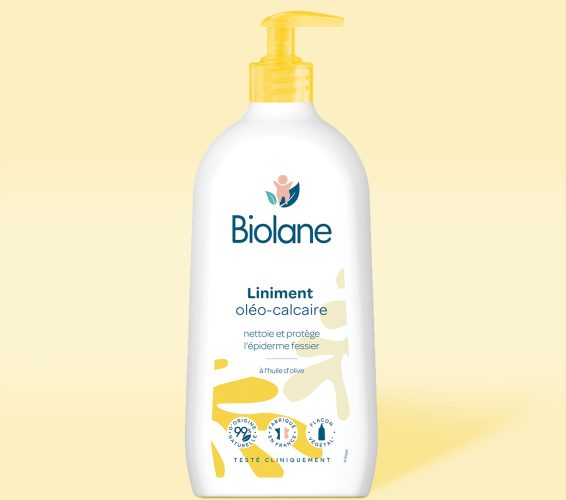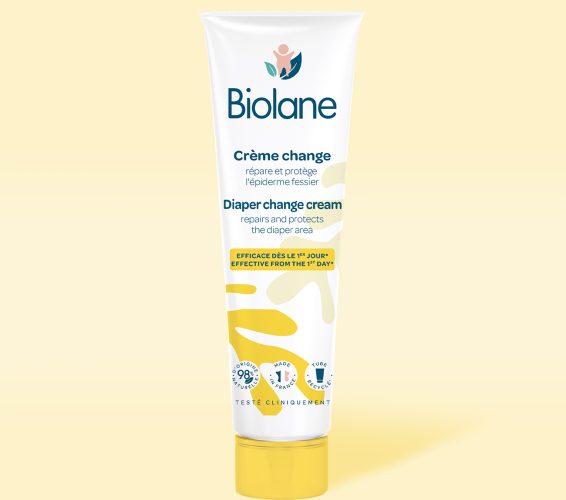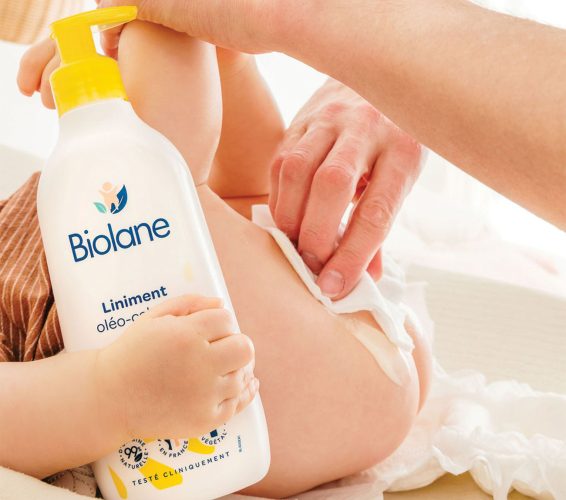
Do you have questions about your baby’s diaper-changing routine? Here’s some advice on the right gestures and products to use!
Do you have questions about your baby’s diaper-changing routine? Here’s some advice on the right gestures and products to use!
Before applying liniment, what are the best ways to prepare for the diaper-changing ritual?
Before talking about the products, you should use to protect your baby’s sensitive skin, such as liniment or diaper change cream, let’s take a look at the “basic” gestures to follow at every diaper change.
Some may seem obvious, but they’re essential to ensure that this moment is as smooth and pleasant as possible for you and your baby!
Before each diaper-changing ritual, it’s essential to wash your hands properly, to avoid the risk of infecting your baby’s very sensitive genital area.
To change your baby in the best possible conditions, make sure you find a clean, comfortable place. If you don’t have a changing table near you (for example, when you’re out), choose a quiet place, preferably near a water source.
Always have a towel to slide under your baby, to protect your changing table or other items from possible accidents. (As for your clothes, for maximum protection, we recommend an apron!)
Before you put your baby down and start changing him, make sure you have everything you need close at hand:
- Diapers
- Cotton pads
- Liniment (or any cleansing lotion)
- Diaper change cream
- Towel
- Clean clothes
If you feel that your baby is not at ease when you change him (especially at the beginning), always keep one hand on him. This will reassure him that you’re not going to leave him alone.
There are two scenarios for removing a dirty diaper:
The diaper contains only urine
You can then remove it completely. With your left hand, grasp his right thigh. Slide your right hand under his shoulder and gently tip your baby onto his side to catch the dirty diaper.
The diaper contains both stool and urine
Use the clean part of the diaper for a first wipe. Then roll the front of the diaper over itself, keeping the rest under baby’s diaper area while you clean. In this case, make sure you’ve folded back the sticky tabs on the diaper, so your baby doesn’t get hurt. Once most of the stool has been removed, you can apply the same technique as above to remove the dirty diaper completely.
Now that you’ve removed your baby’s dirty diaper, it’s time to move on to cleaning. The secret to caring for your baby’s sensitive skin is to use the right products:
Liniment

THE essential product for changing your baby’s diaper. It’s a traditional preparation based on olive oil and lime water. It helps prevent redness and irritation by leaving a protective film against external aggressions (urine, stools, rubbing diapers, etc.).
For optimum efficacy, shake well before use.
Place the liniment on a clean cotton pad and start cleansing your baby’s diaper area: ALWAYS from top to bottom, to avoid contaminating the genitals with stool.
Liniment can be used on its own if there’s only urine and doesn’t need rinsing.
In the case of stools, first wet a cotton pad with water for initial cleansing. Then use a clean cotton pad to wipe off the water! To avoid irritating your baby’s skin, do not rub or pat. Once your baby’s skin is dry, apply a little liniment with a clean cotton pad.
Because you should never apply dirty cotton to a clean one, you need to change the cotton, fold it or turn it over each time you use it.

Diaper change cream

If you notice that your baby’s diaper area is slightly irritated and shows signs of redness or pimples, you can use a diaper change cream specially designed to protect and effectively repair diaper rash and irritation.
With its non-greasy texture, it will absorb excess moisture and insulate the epidermis from the daily aggression of urine and stools.
On dry skin cleansed with water, apply a thick layer to the diaper area and folds, paying particular attention to irritated areas and redness.
Biolane Diaper change cream also helps prevent the appearance of redness in the diaper area. Don’t hesitate to apply it at every diaper change!

Once your baby is clean, you can put on a new diaper!
- Check that the diaper is facing the right way. With Biolane diapers, it’s easy! The animal’s head (panda, penguin, rabbit…) is on the front!
- In the same way as for diaper removal, tip your baby onto his side and slide the diaper under his bottom, so that the top edge is waist-level.
- Then fold over the front of the diaper, hold one side and stick the tab with your other hand.
- Do the same on the other side
- Once the diaper is hooked on both sides, don’t forget to check that it’s firmly in place: neither too loose, nor too tight!
How often should I change my baby?

When it comes to changing your baby, there’s no set frequency. The truth is, you should change your baby’s diaper as soon as it gets dirty. Yes, even if you changed it less than 10 minutes ago! This is often the case at mealtimes! It’s advisable to check the condition of the diaper regularly and act accordingly. Particular attention should be paid just after meals and before putting your baby to bed. Falling asleep in a dirty diaper will not be pleasant for your baby.
As a general rule, changing your baby’s diaper as soon as necessary (using suitable products such as liniment or diaper cream) is the best way to prevent irritation or redness on the baby’s diaper area!

Do boys and girls have different diaper-changing routines?

Whether boy or girl, you need to take the same care in cleaning all the little folds, particularly in the groin area, but also on the upper back, especially in the event of explosive stools. However, depending on the sex of your baby, certain techniques are different:
For girls
Take particular care to clean from top to bottom, to avoid urinary tract infections. Clean the surface of the genitals, from the pubis to the rectum, to avoid damaging the secretions that protect the vagina from bacteria.
For boys
Start by washing the testicles (not forgetting any folds underneath). Then clean the penis without untangling it if the foreskin is sticking to the glans. You could hurt him.








